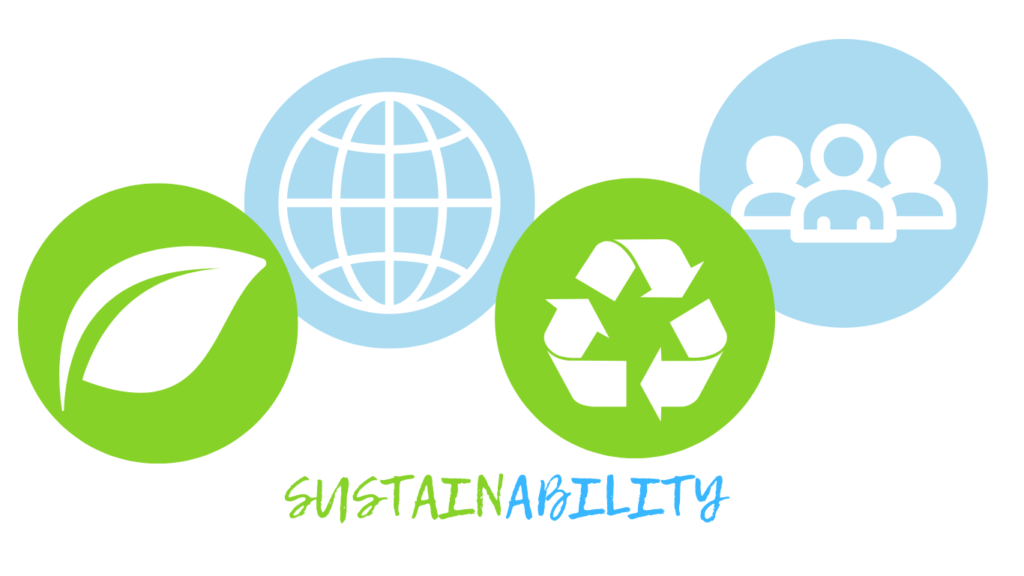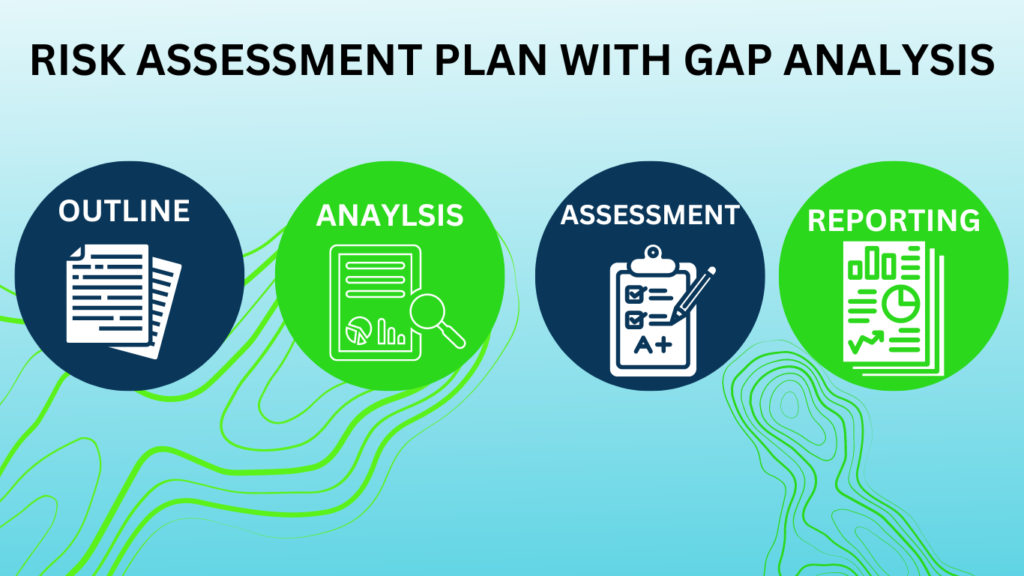WHAT IS SUSTAINABILITY STRATEGY AND REPORTING?
Sustainability strategy and reporting are essential for companies seeking to balance economic success with social and environmental responsibility. Sustainability reporting is a form of non-financial reporting that enables companies to convey their progress toward goals on a variety of sustainability parameters, including environmental, social and governance metrics, as well as risks and impacts they may face, at the moment or in the future.
The primary objective of sustainability reporting is to drive concrete actions toward efforts. Sustainability reporting helps companies communicate both positive and negative impacts of their actions on the environment, society as well as economy, and accordingly set priorities.
Complementing reporting, sustainable business strategies outline actionable steps tailored to each company’s societal and environmental goals. These can range from gradual shifts like transitioning to renewable energy to immediate actions like adopting recyclable packaging. Amid increasing environmental concerns and consumer expectations, successfully implemented strategies benefit the community, environment, and employees. With sustainability driving business decisions, integrating both strategy and reporting is crucial for responsible and enduring corporate practices.

What Should a Sustainability Report Contain?
Sustainability reporting has no set format, but broadly involves disclosure of a company’s environmental, social, and governance (ESG) goals and communicating the company’s progress and efforts to reach those goals. Along with ESG initiatives, sustainability reporting includes financial elements. Sustainability reporting provides stakeholders, such as investors, valuable information about a company’s performance beyond just traditional financial measures.
What is the Purpose of Sustainability Reporting?
Sustainability reporting is valuable not only because it enables a business to identify risks and opportunities that may impact its long-term performance, but also because it can help improve transparency and enhance brand image. By reporting on sustainability, companies can mitigate impacts from potential ESG risks, reduce waste and thereby increase cost savings, ensure they are in compliance with regulatory requirements and make more effective strategic decisions.
What are the Types of Sustainability Reporting?
Several different types of sustainability reporting standards exist. Some of the more widely used frameworks for reporting on sustainability and ESG impacts include the Global Reporting Initiative (GRI), Sustainability Accounting Standards Board (SASB), Task Force on Climate-related Financial Disclosures (TCFD) and Carbon Disclosure Project (CDP)
GRI, IIRC, and SASB Standards all serve different audiences and have different goals. GRI Standards aim to inform a diverse range of stakeholders and cover an extensive array of topics. IIRC, meanwhile, encourages integrated reporting of financial and non-financial data, appealing primarily to global investors and lenders.
SASB Standards, on the other hand, target a narrower audience – mainly investors. They focus specifically on sustainability issues that could potentially have financial impacts, providing valuable, industry-specific standards.
Sustainability Gap & Risk Assessment
What is Gap Analysis?
Gap analysis is a comprehensive method used to compare two or more entities to evaluate their differences. This comparison can identify areas of improvement or potential risks that may affect operations, as well as pinpoint discrepancies and opportunities for mitigating these issues.
It is also a valuable tool for any kind of operational risk management scenario as it provides an objective overview of the situation, enabling stakeholders to make informed decisions when considering changes. Additionally, organizations can use gap analysis to analyze any kind of data, such as financial records, project plans, and customer feedback surveys. A gap analysis can be tailored to suit specific needs in order to maximize its effectiveness.

What is a Risk Assessment?
Risk assessment is the process of identifying, assessing, and managing potential risks in an organization. Its purpose is to identify and prioritize risk areas so actions can be taken to mitigate them. However, it does not necessarily involve predicting potential outcomes. Instead, it focuses on understanding what could happen and how to respond appropriately.
Risk management system allows you to integrate your business risk strategy with your current management processes. It follows a systematic approach for gathering information about existing problems, analyzing the data, and then evaluating the likelihood of potential future events and their associated consequences.
How Does Gap Analysis Impact Risk Assessment?
Risk assessment and gap analysis are intertwined elements of risk management, and understanding the relationship between them is key to EFFECTIVE RISK MITIGATION. Gap analysis helps identify areas in which a business may be deficient, thus allowing for better decision-making regarding risk avoidance.
RISK AVOIDANCE is a strategic action businesses take to minimize the possibility or impact of certain risks. It’s an essential element of sound risk management as it allows for proactive measures that mitigate the likelihood of occurrence or severity should the risk materialize.
Businesses can better prepare by utilizing gap analysis to assess where operations fall short and then engaging in appropriate risk avoidance tactics such as proper savings strategies, CREATING INSURANCE BUFFERS AGAINST LOSSES, or diversifying investments.
Frequently Asked Questions:-
The term sustainability is broadly used to indicate programs, initiatives and actions aimed at the preservation of a particular resource. However, it actually refers to four distinct areas: human, social, economic and environmental
- Step 1: Identify Material Sustainability Issues.
- Step 2: Define your sustainability goals and metrics.
- Step 3: Gather and Analyse Data.
- Step 4: Tailor the Reporting Framework.
- Step 5: Engage with Stakeholders.
- Step 6: Write the Sustainability Report.
The Business responsibility and sustainability reporting framework is a mandatory disclosure mechanism for top 1000 listed companies or businesses to report their performance on environmental, social and governance (ESG) aspects and demonstrate their commitment to responsible business practices.
- Principle 1: Businesses should conduct and govern themselves with Ethics, Transparency and Accountability.
- Principle 2: Businesses should provide goods and services that are safe and contribute to sustainability throughout their life cycle.
- Principle 3: Businesses should promote the well-being of all employees.
